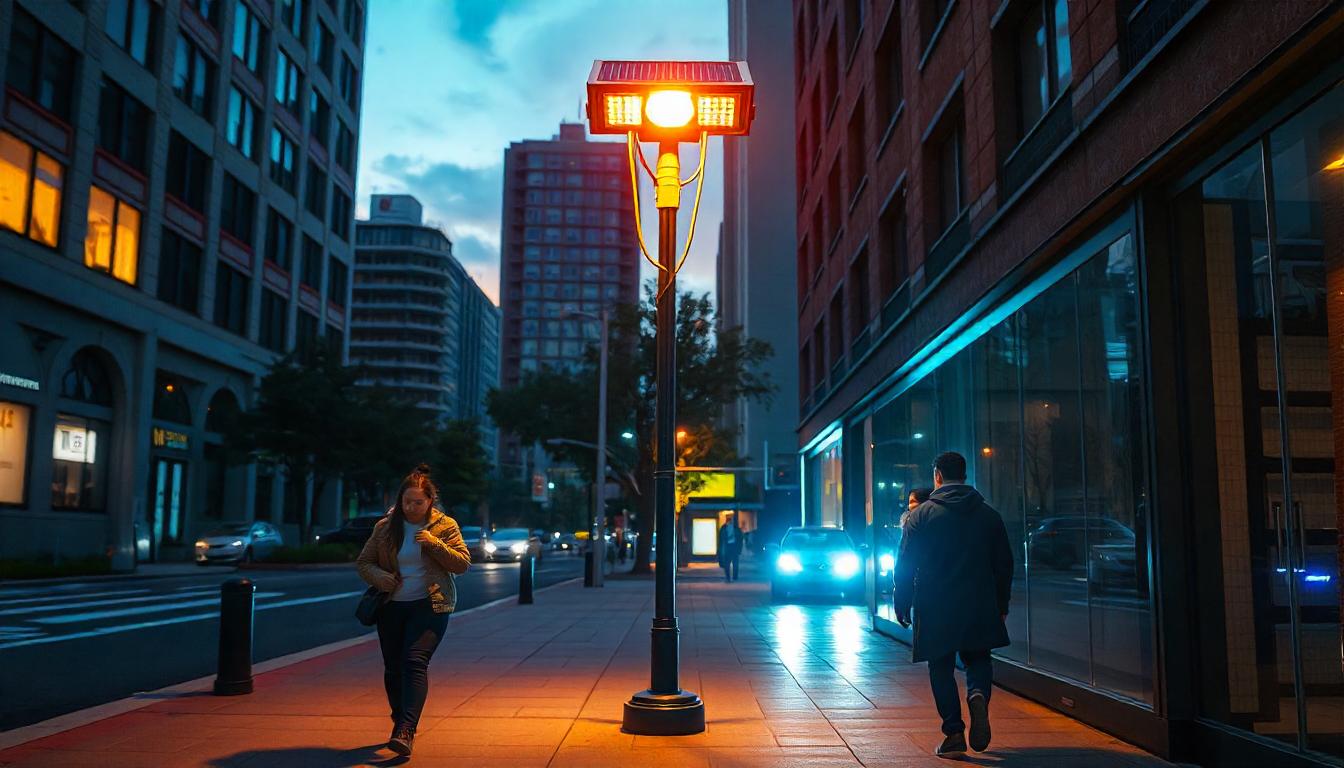Solar lights are a convenient and eco-friendly way to illuminate outdoor spaces, but over time, they may stop working as effectively as they once did. The good news is that most issues with solar lights are easily fixable. This guide provides step-by-step solutions to help you make your solar lights work again.
1. Clean the Solar Panel
Dirt, dust, and debris can block sunlight from reaching the solar panel, reducing its efficiency.
Steps to Clean:
- Use a soft cloth and mild soap to clean the surface of the panel.
- Rinse with water and dry with a microfiber cloth to avoid streaks.
- Repeat this process every two weeks to ensure the solar panel remains clear.
Pro Tip: Avoid using abrasive cleaners or scrubbing tools, as they may scratch the panel and reduce light absorption.
2. Check the Batteries
The rechargeable batteries in solar lights degrade over time and may need replacing.
How to Inspect and Replace Batteries:
- Open the battery compartment and check for corrosion or damage.
- Test the batteries by replacing them with new ones of the same type (e.g., NiMH or lithium-ion).
- Ensure the batteries are installed correctly, matching the positive (+) and negative (-) terminals.
When to Replace:
- Most solar light batteries last 1–2 years, so regular replacement is key to maintaining performance.

3. Adjust the Placement
The location of your solar light significantly affects its ability to charge and operate.
Ideal Placement Tips:
- Place the solar light in an area with at least 6–8 hours of direct sunlight daily.
- Avoid shaded areas caused by trees, walls, or other obstacles.
- Relocate the solar light if seasonal changes affect the amount of sunlight the area receives.
Test the Placement: After repositioning, allow the light to charge for a full day and check its performance at night.
4. Inspect and Clean the Light Sensor
Solar lights typically include a light sensor that activates the light in darkness. A dirty or obstructed sensor may cause the light to malfunction.
Steps to Clean or Test the Sensor:
- Use a soft, damp cloth to clean the sensor.
- Test the sensor by covering it with your hand or a cloth. If the light turns on, the sensor is working correctly.
Fix External Interference:
- Ensure no nearby artificial lights (e.g., streetlights or porch lights) are affecting the sensor’s ability to detect darkness.
5. Test the On/Off Switch and Settings
Some solar lights have an on/off switch or multiple modes for brightness and timing.
Steps to Verify Settings:
- Make sure the switch is set to "ON."
- If the light has multiple modes, test each setting to determine which works best for your needs.
- Refer to the user manual for mode-specific instructions if available.
6. Reset or Replace the Solar Light
If your solar light still isn’t working after addressing the above issues, it might need a reset or replacement.
How to Reset Solar Lights:
- Turn the light off and remove the batteries.
- Let the unit sit without power for a few hours.
- Reinsert the batteries and turn the light back on.
When to Replace:
- If the solar panel, batteries, or light housing are severely damaged, consider upgrading to a new solar light. Modern solar lights come with improved technology for better performance and longevity.

7. Protect Against Weather Damage
Weather conditions can impact the functionality of solar lights.
Preventative Measures:
- During heavy rain or snow, remove portable solar lights and store them indoors.
- Use weather-resistant models designed for harsh outdoor environments.
Drying Out Water-Damaged Lights:
- If water has entered the unit, open the housing and allow it to air dry completely before reassembling.
8. Replace Damaged Components
Over time, individual parts of your solar light may wear out.
Common Repairs:
- Solar Panel: If the panel is cracked or scratched, it may need replacement.
- Light Bulb: LED bulbs rarely fail, but if they do, check if they can be replaced or if a new fixture is needed.
- Wiring: Inspect for frayed or disconnected wires and repair them if possible.
9. Charge the Light Properly
Sometimes, solar lights need an extended charging period, especially if they haven’t been used for a while.
Steps for Recharging:
- Turn off the light and place it in a sunny spot for 2–3 days.
- Avoid testing the light during this time to allow the battery to fully charge.
10. Upgrade to Advanced Solar Lights
If troubleshooting doesn’t resolve the issue, upgrading to a newer model can be a worthwhile investment.
Features of Modern Solar Lights:
- Enhanced solar panels for faster charging.
- Larger battery capacity for longer runtimes.
- Smart features like motion sensors and adjustable brightness levels.
Maintenance Tips for Longevity
- Clean Regularly: Keep the panel and light casing free of dirt and debris.
- Store During Off-Seasons: Protect the lights from extreme cold by storing them indoors during winter.
- Inspect Annually: Check all components, including batteries and sensors, at least once a year.
Why Choose Solar Lights?
Solar lights are an eco-friendly and cost-effective lighting solution. They harness renewable energy, reduce electricity bills, and require minimal maintenance. With the right care, they can provide reliable illumination for years.
Conclusion
Solar lights not working doesn’t mean they’re broken. Often, a simple fix like cleaning the panel, replacing the batteries, or adjusting the placement can restore their functionality. With regular maintenance and proper care, your solar lights can shine brightly again, illuminating your outdoor spaces in an eco-friendly way.
Have you fixed your solar lights using any of these tips? Share your experience in the comments below!


































Leave a comment
This site is protected by hCaptcha and the hCaptcha Privacy Policy and Terms of Service apply.